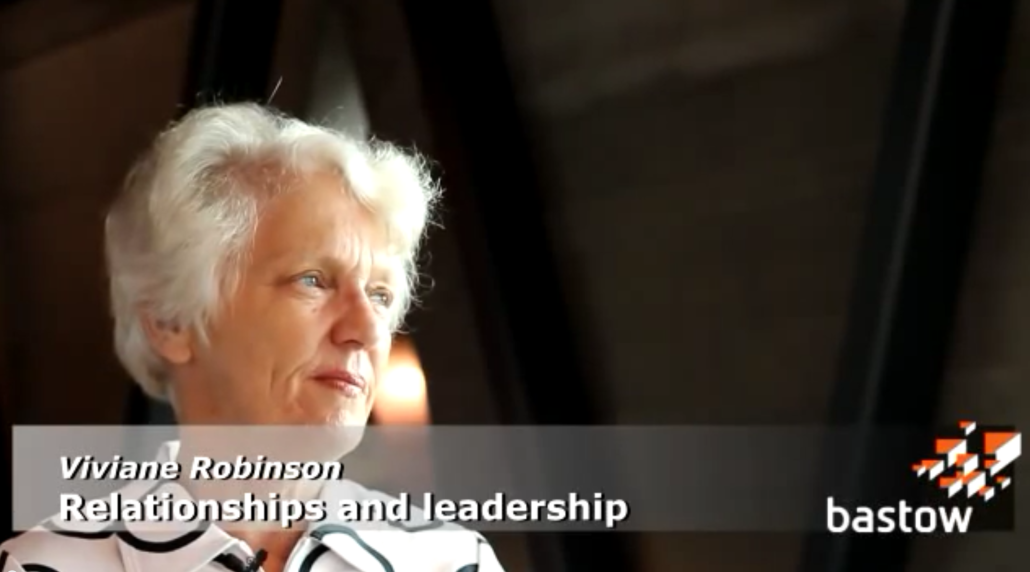Leaders have the responsibility to establish a thriving culture where all students and adults are welcomed and supported as learners engaged in continuous growth. Inherent in a supportive learning culture are the underlying assumptions about each person’s value and ability as a learner. John Hattie (2012) astutely states, “The greatest influence on student achievement is a teacher’s belief in a student’s ability to learn supported by a commitment to act on that belief.” Through modeling belief in both the teachers’ and students’ abilities to grow as learners and demonstrating a commitment to act on this belief, leaders shape the cultures of their schools. This is not a fast process, but it is essential if schools are going to close the learning gaps and ensure that all students are college and career ready.
A flourishing learning culture also invites stakeholders to collaborate with one another as together they support continuous growth. In order for strong collaboration to occur, leaders must also establish a culture of trust. People don’t want to collaborate with those whom they do not trust. When people trust one another, they are more likely try new ways to support student learning. They try varied approaches and take risks because they have a greater sense of support from their colleagues. When students experience a trusting environment, they are reassured as well and overtime, their achievement improves.
Action Items
The bulleted list to the right includes some of the actions that leaders can take to establish and sustain a culture of trust:
- Build relationships with the members of your team while setting goals and doing the important work of educating students together.
- Listen to the comments and concerns of team members and seek to know them personally.
- Be deeply involved with the goals and strategies of the school/district, and strategically and openly commit resources toward the accomplishment of the goals.
- Develop the capacity of team members by providing opportunities for them to be strategically involved with the work of school/district improvement.
- Give team members credit for their hard work and specifically recognize the contributions they are making to the overall success of the school/district.
- Look at organizational setbacks as temporary and focus on solutions and next steps — develop language that is proactive and not blame centered.
- Be honest about errors and mistakes as leaders — apologize and focus on solutions and next steps.



